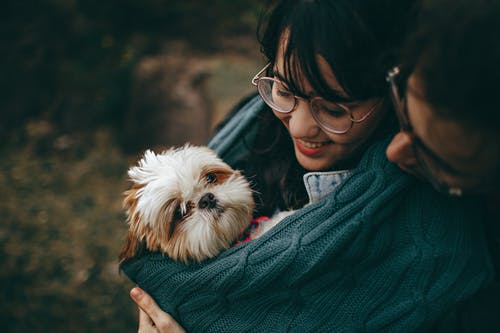
17, Feb 2023
Did Your Pet Have Spay or Neuter Surgery? Follow These Tips to Help Them Recover Faster
There are numerous great debates in favor of spaying or neutering your pet. Long-term health benefits are one of the most persuasive debates for spaying or neutering your pet, and it’s a responsible perspective since it reduces the number of homeless pets. Unwanted behaviors can be kept clear if a pet is spayed or neutered.
Post-operation Tips for Spaying and Neutering Surgery
You must feel prepared for whatever operation your pet undertakes, whether spaying or neutering. Following surgical procedures, your vet will likely provide you with post-operative treatment instructions for your pet. Still, when your pet gets better, you might have more questions.
Without appropriate care, the recuperation time for this type of operation increases. Any pet, regardless of gender or breed, can recover swiftly with just extra care. It would be best if you took the following actions to guarantee your pet’s fast and comfortable recovery after spay or neuter surgery.
Stick to Their Regular Diet
Your pet’s appetite should be back slowly within 24 hours after surgery. Feed your pet half of their regular evening meal when you get home, and then feed them again when you generally would. Do not start feeding your pet table scraps, milk, or other “human food” right now; stick to the diet you’ve been following. Dietary shifts after surgery may mask symptoms.
Although some may have extended tiredness (more than 24 hours), diarrhea, or throwing up because of surgery, these adverse effects are uncommon. You must instantly speak with a vet if any of these things occur. You can visit the veterinary website’s blog part to learn more information.
Restrict Any Activity
The surgical site may not heal appropriately if your pet is too energetic after surgery. For the next ten to fourteen days, you must limit your pet’s activity so that it does not run, play, climb staircases, or get on or off furniture. Pets that use the potty outside must be leashed and walked, but not too far.
After returning home following surgery, some pets could prefer some alone time. Confine these pets in a small, peaceful room where you may look at them regularly and give them a minimal diet and supply of fresh water. Additionally, getting dog and cat annual check up is the best way to ensure that no major issues will occur.
Watch for Complications
Keep a close eye on the incision site while it recovers. Around the incision, there shouldn’t be much more soreness than usual. If the redness grows, the location swells, or it is hot to the touch, the infection has set in. Monitor for pain signals, such as the incision area being licked extremely. Pay more attention than usual when taking your pet outside for a bathroom break.
Discomfort signals like whining or pacing and blood in the feces or urine need to raise concern. If something goes wrong with your pet following surgery, you need to work with a veterinarian from an animal hospital that provides services like a vet lab. They provide extensive screening to figure out what’s wrong with your pet.
Bottomline
Even though these are some basic pointers to follow, it is crucial to remember that your trusted vet is the suitable individual to ask particular concerns and for comprehensive advice regarding the care of your pet. If you observe any behavior in your pet that is not common for them, or if there is bleeding from the incision site, contact your vet as soon as possible.
- 0
- By Heidi






